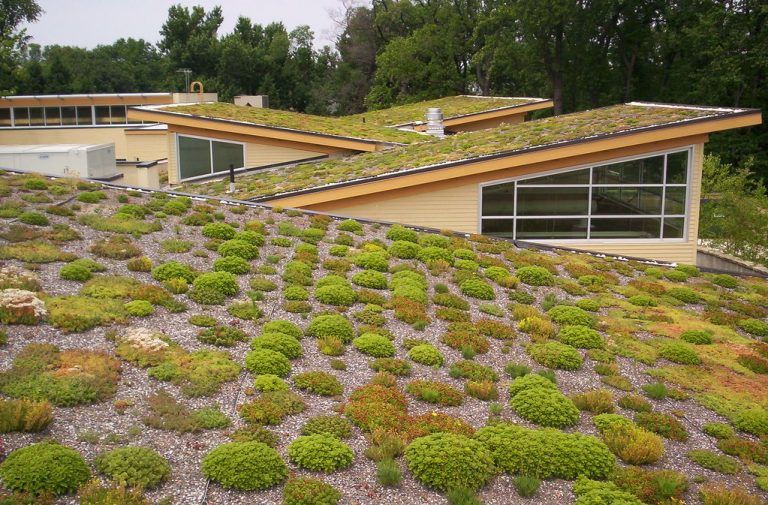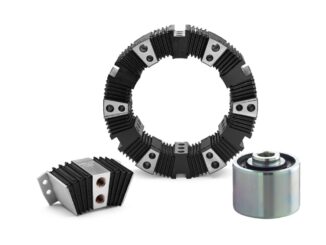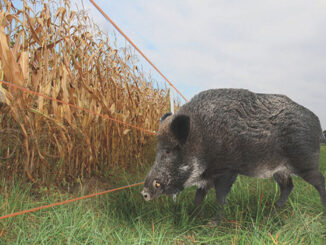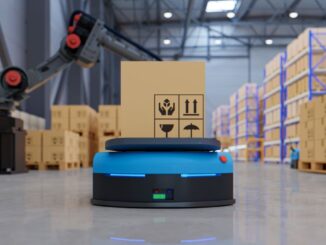
The installation of green roofs to naturally insulate buildings is an ancient construction technique. In fact, it was already used by the Vikings and in the Nordic countries. Today, the same updated technique is becoming one of the main elements of sustainable construction around the world.
Just think that France has approved a bill to make it compulsory for new buildings to use vegetable or solar roofs.
Types of Green Roofs
Green roofs divide into extensive, semi-extensive and intensive. The former are those most similar to a natural turf, which needs low maintenance and is watered mainly by rainfall.
In this case, the roots sink a few centimetres into the soil layer and the package of the roof (excluding the load-bearing layer) does not exceed 10-13 cm.
A semi-extensive green roof instead is composed of real plants, sinking their roots in a soil substrate between 15 and 30 cm. These can be succulent, aromatic or other species of small size. Maintenance is necessary but not too frequent. The best solution to preserve the health and appearance of the living roof is to install automated irrigation systems.
Intensive green roofs are the most complex ones. They are similar to real raised gardens, with pedestrian paths, trees and equipment such as benches and tables. In this case, a substrate with a consistent thickness is required, with a consequent increase in the sections of the load-bearing structures. Maintenance is similar to that of traditional public spaces and requires irrigation systems, continuous maintenance and pruning.
Environmental and Economic Benefits
If you decide to install a green roof, you’ll have to pay for it in about 11 years. This is confirmed by a recent study by Capital E on the city of Washington about the economic advantages of the ability to naturally insulate the roof: with this technique it would be possible to reduce consumption for heating by 23% and for cooling by 75%. This is possibile because green roofs in summer usually maintain a temperature of 21°C lower than traditional roofing systems. To understand this phenomenon, just think of the difference in touching a ceramic tile surface or a grassy one, exposed to the sun. Another economic advantage is that green roofs can protect the covering. As a result, the roof is waterproof and more resistant.
The environmental advantages, on the other hand, are the lowering of the temperatures around the roof. This is due to the fact that plants take thermal energy away from the atmosphere for living. This means combating the heat island effect, the sensation of heat and the rise in temperatures in urban centres. Another benefit is the ability of the green mantle to absorb and drain rainwater by lowering the load on the sewer system. The plants also manage to purify the air of pollution and fine dust. Moreover, an intensive use of these covers in the city can significantly lower the concentration of PM. In addition, green roofs are homes for insects and birds that have no shelter in the city. As a result, this choice helps to protect biodiversity and combat the disappearance of animals from towns and cities.




